Japanese dining is not merely about eating; it is a subtle conversation of gratitude that begins with itadakimasu and ends with gochisōsama deshita. Master the fundamentals below and every shared table—from ramen stalls to kaiseki banquets—will feel welcoming, rather than worrisome.
Pre-Meal Customs
Before any chopsticks move, a few rituals will set the tone.
Removing Shoes & Seating Styles

In traditional restaurants, you should leave your shoes at the entrance and sit either seiza style or with legs folded to one side. Western-style chairs free you from floor etiquette, but personal space; no sprawling legs or bags on the table, still matters.
Oshibori Etiquette

Use the hot or cold towel, but only for your hands. Wiping the face is considered sloppy behaviour.
Saying Itadakimasu
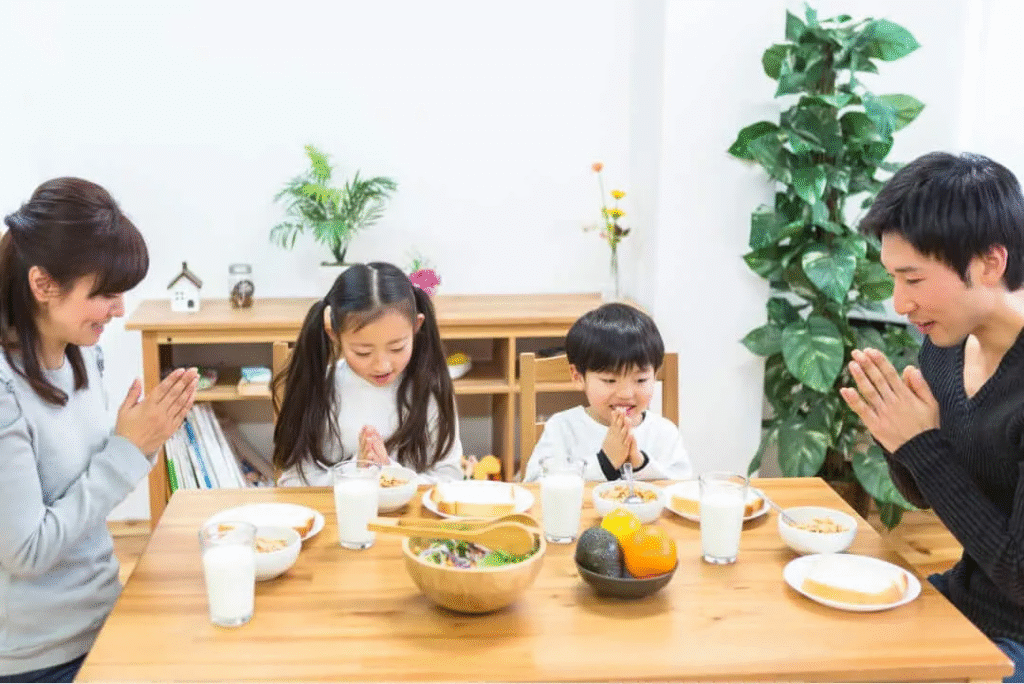
When every dish has arrived, you should place your hands together, bow slightly, and say “itadakimasu”, a means of thanking farmers, chefs, and dining companions alike.
Chopstick Etiquette
Hashi are extensions of your intentions.
Proper Grip & Rest
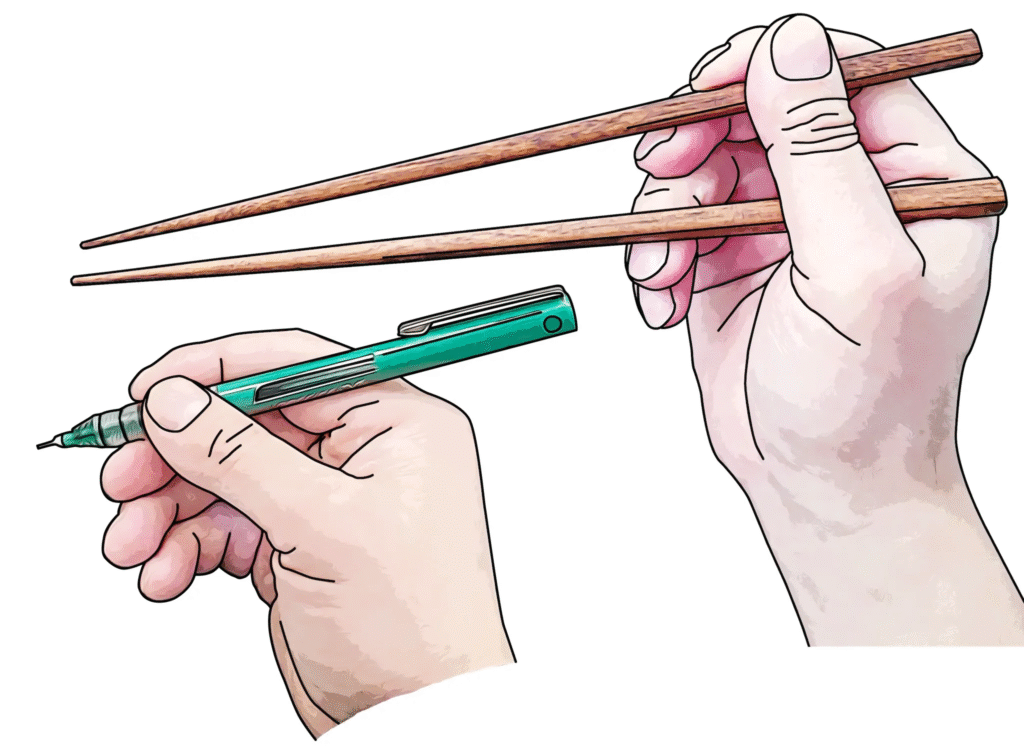
Hold the top stick like a pencil; let the bottom one remain still. Between bites, lay both on the chopstick rest, and not across bowls.
Serious Taboos
- No spearing your food, or drumming with chopsticks.
- No sticking your chopsticks in rice. This is a similarity to funeral offerings, and is wholly inappropriate.
- No passing food from chopstick-to-chopstick. One should place it on a small plate instead.
Sharing Dishes the Clean Way
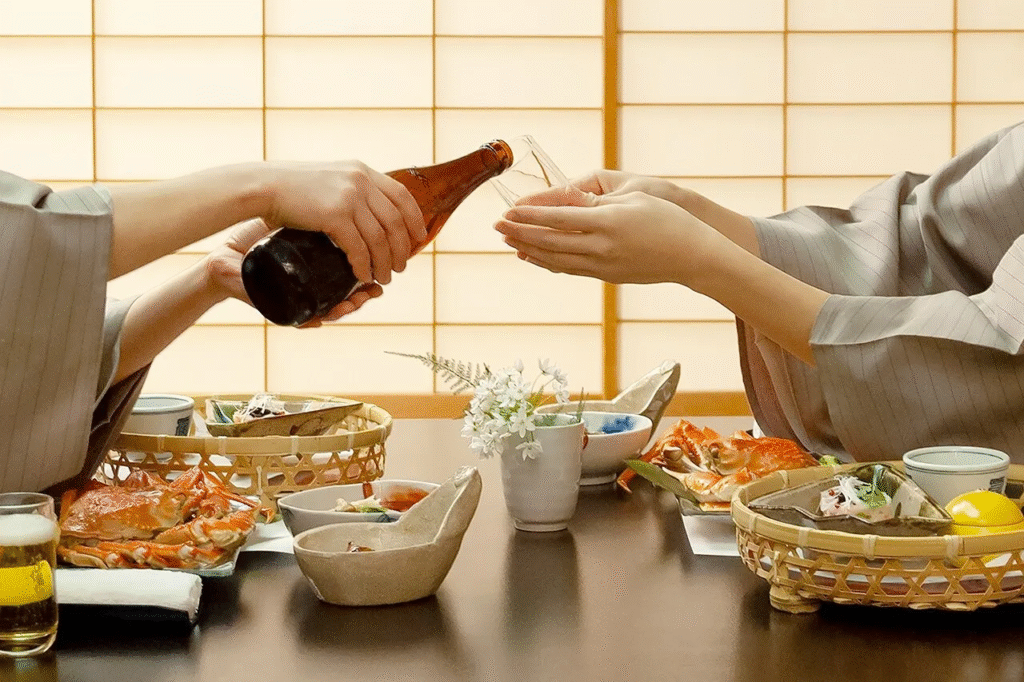
Use the reverse ends or dedicated serving chopsticks to move items to your plate.
Dish-Specific Manners
Rice & Soup

You should lift the rice bowl close to your mouth, but seasoning plain rice with soy sauce is frowned upon. You should sip miso broth directly from the bowl, and eat tofu and seaweed with chopsticks.
Sushi & Sashimi
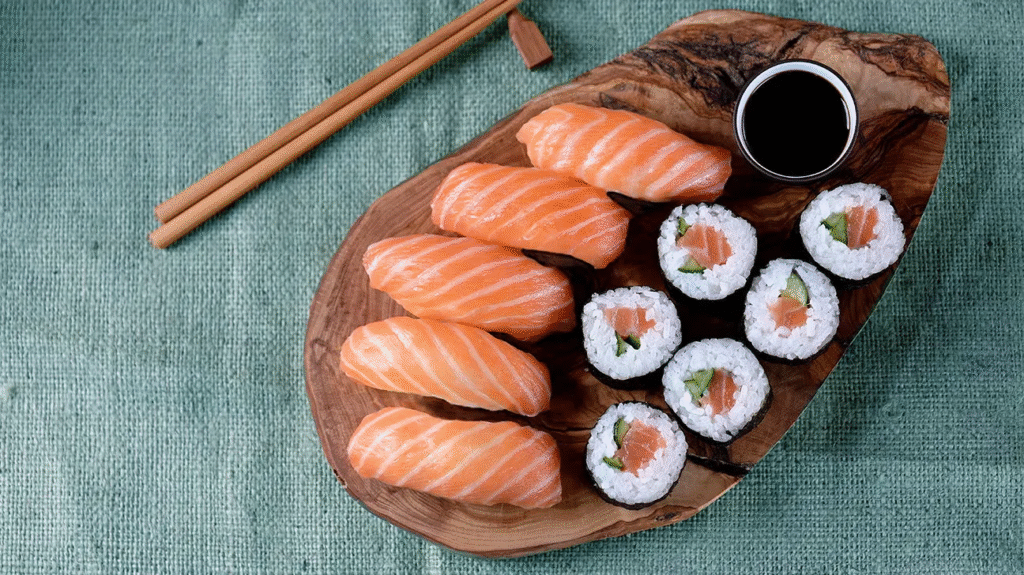
Dip fish side, not rice, into soy sauce. Place wasabi directly on the fish rather than mixing it into the dish of soy.
Noodles
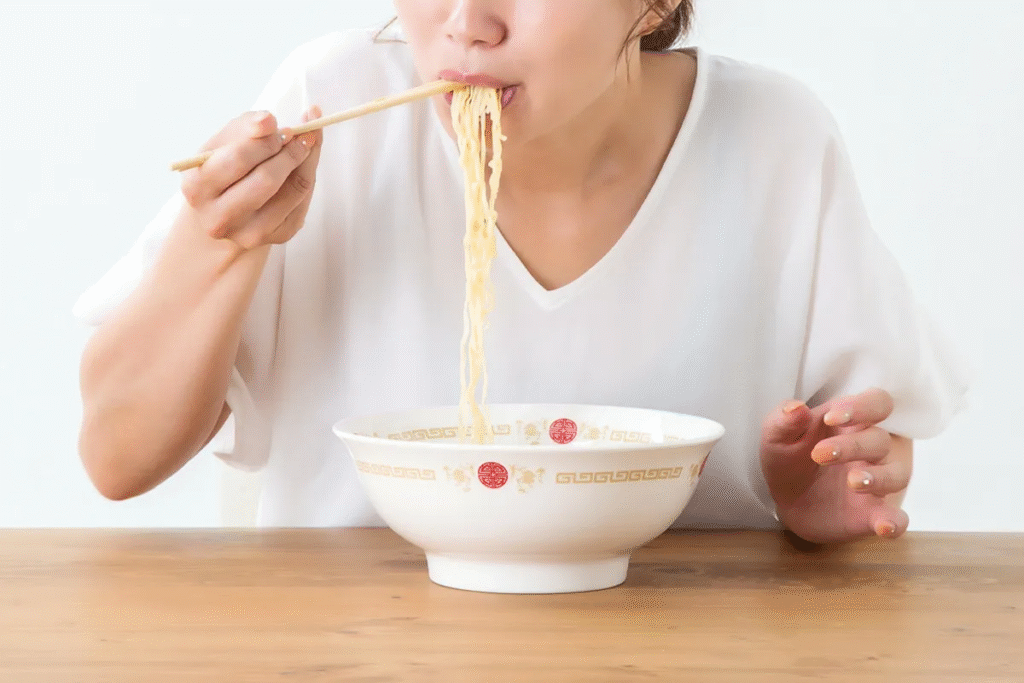
A healthy slurp not only cools ramen, udon, or soba but it also signals enjoyment. However, loud gulping or chatting with full cheeks is still impolite.
Communal Hotpots (Nabe)

After serving yourself, replace the pot’s lid, and avoid fishing for favourites; instead take what is on top.
Drinking Rituals & Paying the Bill
Pouring & Toasting
In a group, pour beer or sake for neighbours first. You should hold your glass with both hands when receiving. Wait until everyone is served to say “kanpai!”
Settling Up
Most places present the bill at the table, for you to bring it to the cashier. Tipping is unnecessary; as service charges are included in Japan.
Splitting Costs (Warikan)
Among friends, an even split keeps harmony. If a host insists, a single polite refusal suffices.
Common Mistakes to Avoid
| Mistake | Why It Offends |
|---|---|
| Blowing nose at the table | Considered unhygienic; excuse yourself to the restroom. |
| Leaving grains of rice | Wasting food shows disrespect for effort behind the meal. |
| Over-seasoning dishes | Implies distrust of the chef’s balance. |
| Resting elbows or phone on the table | Breaks the shared focus on food and company. |
Modern Adaptations
Fast-food counters supply paper chopstick sleeves instead of ceramic rests, and city cafés may allow quiet solo dining. Still, observing core practices, such as gratitude, tidy chopstick use, and modest volume, earns warm smiles anywhere in Japan.
Key Takeaways
Respect, restraint, and quiet appreciation are the heart of Japanese table manners. Practise these, and each meal becomes a bridge to deeper cultural understanding, rather than accidental offence.



